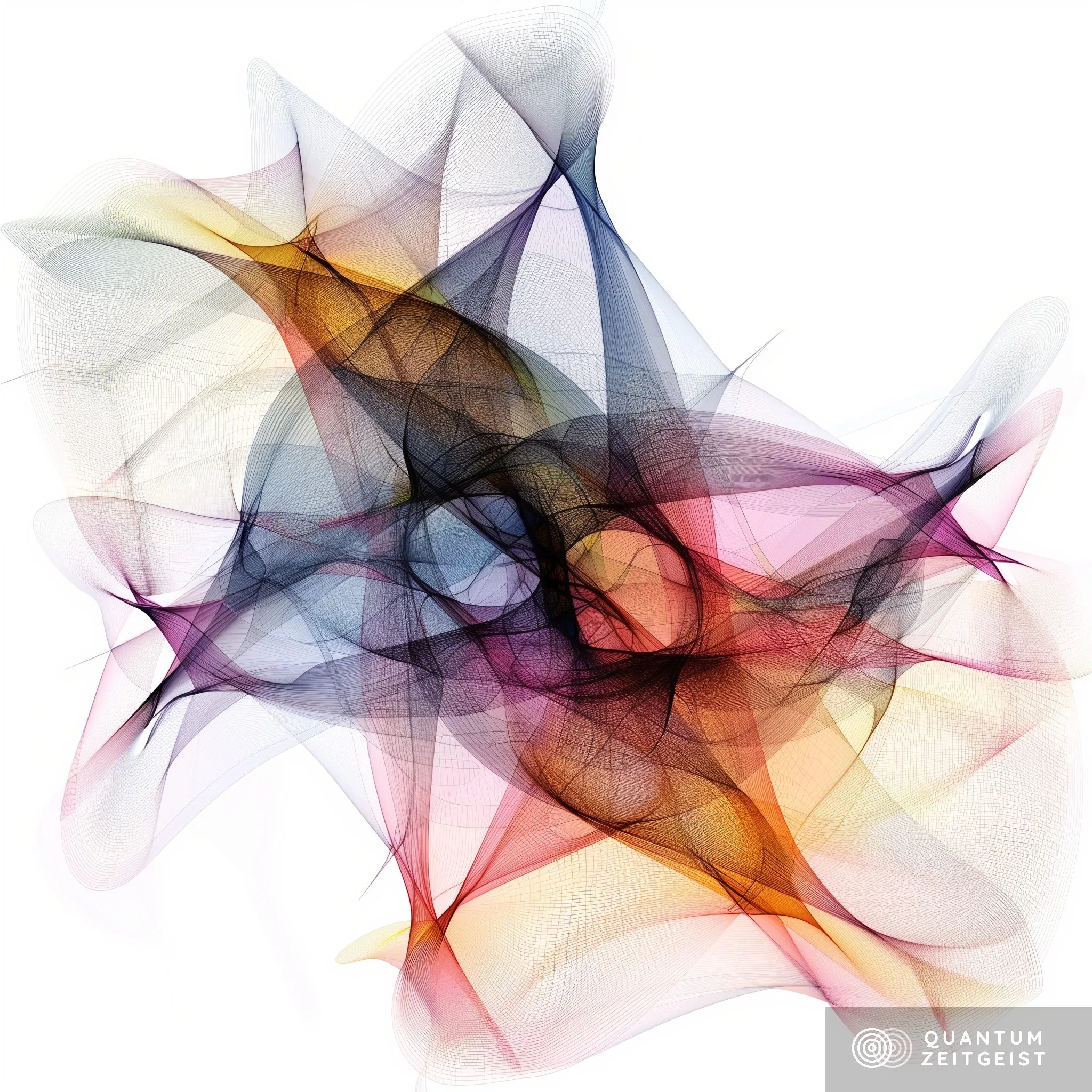A study by researchers from Anhui University, Leibniz Universität Hannover, and Universitat Autònoma de Barcelona explores the joint numerical range of Pauli strings, a concept in quantum physics that captures relations among observables on a quantum system. The team investigated the connection between the parameters of a graph and the structure of minimal ellipsoids encompassing the joint numerical range. Their findings provide new insights into estimating the ground state energy of a many-body Hamiltonian, a perennial problem in quantum physics. The research also challenges existing conjectures and raises new questions in the field of quantum information theory.
What is the Joint Numerical Range of Pauli Strings?
The joint numerical range of Pauli strings is a concept in quantum physics that captures the relations among a given set of observables on a quantum system. The joint numerical range is the set of tuples of jointly attainable expectation values. In this study, the researchers explore the geometric properties of this construct for Pauli strings, whose pairwise commutation and anti-commutation relations determine a graph G.
Pauli strings are tensor products of families of Pauli operators acting on multiple qubits. They are fundamental building blocks for constructing observables in quantum information theory. Examples of such constructed observables are widespread, ranging from virtually every Hamiltonian that is considered in the field of quantum computing to typical measurements in quantum communication protocols and to the rich theory of spin systems in condensed-matter physics.
The joint numerical range geometrically encodes much relevant information about the interplay between observables and quantum states. Most strikingly, Hamiltonians that can be written as linear combinations of elements in S can be directly understood as linear functionals acting on JS. Correspondingly, the quest of finding ground state energies and properties of states attaining them can be cast as the characterization of tangential hyperplanes on JS.
How is the Joint Numerical Range of Pauli Strings Bounded?
The researchers investigate the connection between the parameters of the graph G and the structure of minimal ellipsoids encompassing the joint numerical range. They develop this approach in different directions, finding counterexamples to a conjecture by de Gois et al. and answering an open question raised by Hastings and O’Donnell. This implies a new graph parameter that they call βG.
For a more complex set of strings, the geometry of JS is no longer necessarily captured by a sphere. Nevertheless, one can still ask for the smallest radius of a sphere or more generally an ellipsoid encompassing it. From a purely geometric perspective, this is the question tackled in the present work.
The precise characterization of the joint numerical range can even for simple objects such as Pauli strings be an intrinsically hard problem. This is because it is at least as hard as solving ground state problems on multiple qubits. This clearly justifies the demand for practical approximation techniques.
What are the Implications of this Study?
The researchers provide new insights into the perennial problem of estimating the ground state energy of a many-body Hamiltonian. Their methods give lower bounds on the ground state energy, which are typically hard to come by and might therefore be useful in a variety of related fields.
Upper and lower bounds to ground state energies correspond to inner and outer approximations of JS. This insight, however, directly reveals that the precise characterization of the joint numerical range can even for simple objects such as Pauli strings be an intrinsically hard problem. This is because it is at least as hard as solving ground state problems on multiple qubits.
For the ground state energy problem itself, there is a large toolbox of known methods. Most of them provide lower bounds (inner bounds on JS) by restricting the optimization to a suitable variational class of states. Prominent examples to be mentioned here include classical methods building on matrix product states, as well as implementations on quantum computers where algorithms such as the quantum approximate optimization algorithm or the variational quantum eigensolver are very popular.
Who are the Researchers Behind this Study?
The study was conducted by ZhenPeng Xu from the School of Physics and Optoelectronics Engineering at Anhui University in China, René Schwonnek from the Institut für Theoretische Physik at Leibniz Universität Hannover in Germany, and Andreas Winter from the ICREA Grup d’Informació Quàntica at Universitat Autònoma de Barcelona in Spain.
The research was received on 17 August 2023, revised on 2 February 2024, accepted on 20 March 2024, and published on 22 April 2024.
What is the Future of this Research?
The researchers’ methods for bounding the joint numerical range of Pauli strings and estimating the ground state energy of a many-body Hamiltonian might be useful in a variety of related fields. However, the precise characterization of the joint numerical range can be an intrinsically hard problem, at least as hard as solving ground state problems on multiple qubits.
This justifies the demand for practical approximation techniques. In the future, more research will be needed to develop these techniques and to further explore the geometric properties of the joint numerical range of Pauli strings.
The researchers’ work also raises new questions and challenges existing conjectures in the field, suggesting that there is still much to learn about the joint numerical range of Pauli strings and its implications for quantum information theory.
Publication details: “Bounding the Joint Numerical Range of Pauli Strings by Graph Parameters”
Publication Date: 2024-04-22
Authors: Zhen-Peng Xu, René Schwonnek and Andreas Winter
Source: PRX Quantum 5, 020318
DOI: https://doi.org/10.1103/PRXQuantum.5.020318

